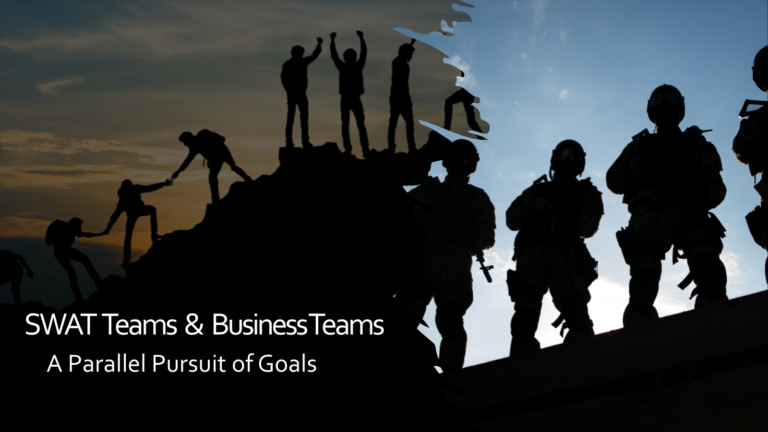In today’s unpredictable world, the unfortunate reality is that active shooter events have become an all-too-common occurrence. As a company dedicated to the safety and well-being of our communities, Chuck Harder & Associates is committed to providing comprehensive guidance and training to empower individuals with the knowledge and skills needed to navigate these challenging situations.
This comprehensive guide aims to delve into the essential steps and strategies employees can adopt to increase their chances of survival during an unthinkable crisis. While no one wishes to ever face such a dire situation, being prepared and informed can make all the difference. In the following sections, we will outline a systematic and practical approach to help employees stay calm, alert, and ready to act effectively when faced with an active shooter event.
Enhancing Situational Awareness and Communication
In addition to recognizing warning signs and having a well-structured plan, enhancing your situational awareness and effective communication are crucial components to surviving an active shooter event. Being aware of your surroundings and understanding the layout of your workplace can provide you with a significant advantage during a crisis. Regularly familiarize yourself with exits, stairwells, and hiding spots in case an emergency arises.
Communication is key during an active shooter situation. Establish a notification system to alert employees of a threat quickly and efficiently.
This system can include a combination of text messages, emails, and intercom announcements. Ensure that all employees know the designated code words or phrases to communicate the presence of a shooter. Regularly update contact information and test the notification system to maintain its effectiveness.
Additionally, employees should be trained on how to effectively communicate with law enforcement during an incident. Share critical information such as the shooter’s location, physical appearance, and type of weapon if possible, while remaining as calm and concise as possible. Strengthening situational awareness and communication skills can provide a critical edge during an active shooter event.
Recognizing the Warning Signs and Developing a Plan
A critical first step in preparing for an active shooter event is recognizing potential warning signs and developing a well-structured plan. An individual’s behavior or communication may signal intentions of violence. Keep an eye out for unexplained mood swings, social withdrawal, and verbal or written threats. When you notice something out of the ordinary, report your concerns to management or security personnel.
A proactive approach to safety involves creating a detailed plan that covers communication, escape routes, and designated safe areas. Ensure that all employees understand their roles and responsibilities during an emergency. Conduct regular drills and update the plan as needed to address changing circumstances or feedback from employees. Developing a solid plan involves identifying multiple escape routes, assigning responsibilities to specific team members, and designating areas for lockdown or evacuation. By fostering a culture of preparedness, you can help employees feel confident and capable of taking the necessary actions during an active shooter event.
Building Resilience and Post-Incident Recovery
The aftermath of an active shooter event can leave lasting emotional and psychological effects on survivors. It’s essential to acknowledge the importance of resilience and post-incident recovery to help employees cope with such traumatic experiences. Offer access to professional counseling services, mental health support, and peer-to-peer assistance programs, creating an environment where employees feel comfortable discussing their feelings and concerns.
In the days following an incident, conduct a thorough review of the response and identify areas for improvement. This process can involve analyzing the effectiveness of your communication system, the efficiency of your evacuation or lockdown procedures, and the overall preparedness of your employees. Use the insights gained from this review to refine your safety plan and training strategies, ensuring continuous improvement.Remember, fostering a culture of safety, resilience, and support is vital in protecting your employees from the potential impact of an active shooter event. By addressing both the physical and emotional aspects of preparedness and recovery, you can help your employees feel empowered and better equipped to face challenging situations.




